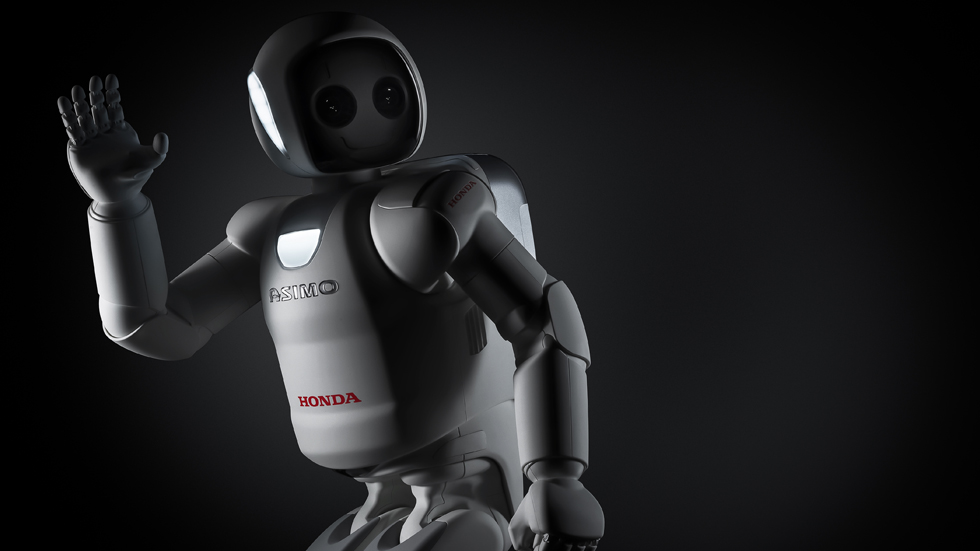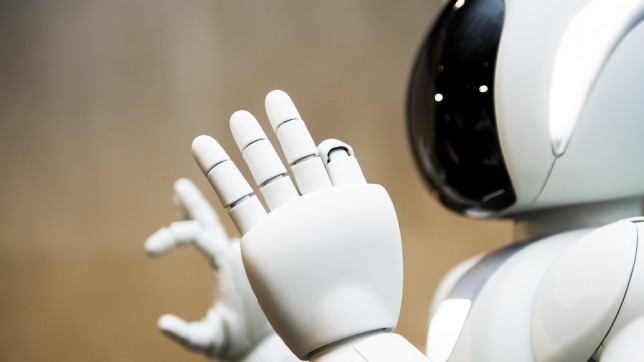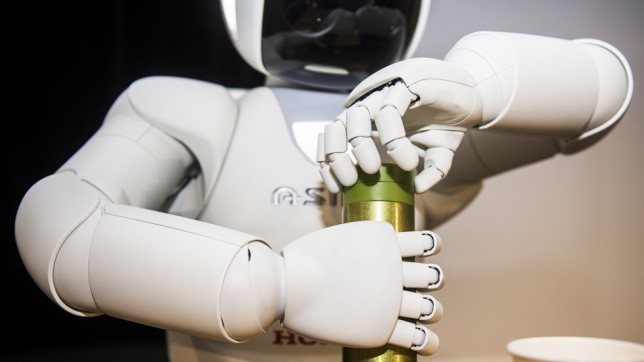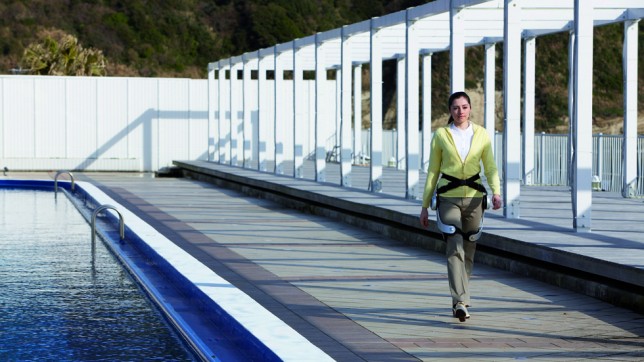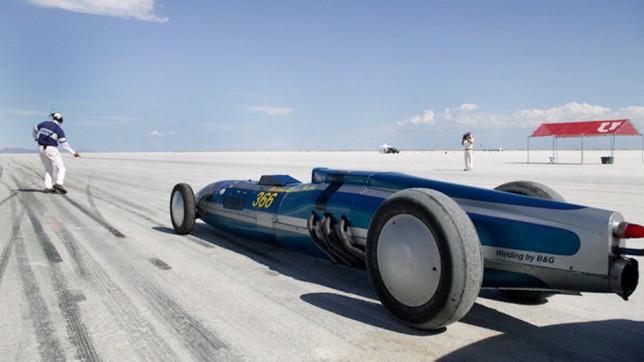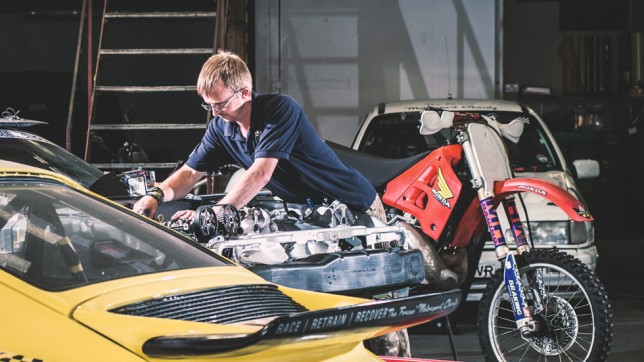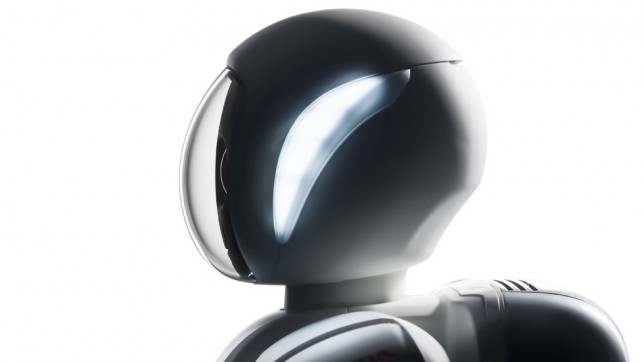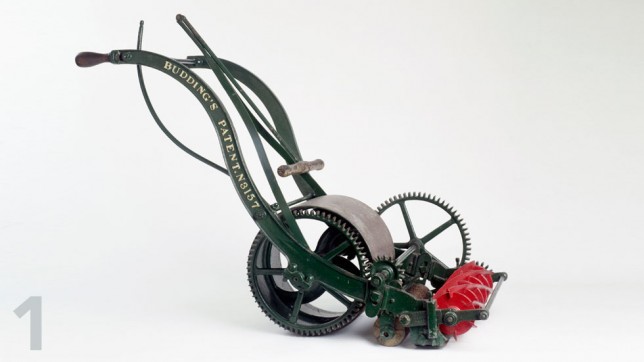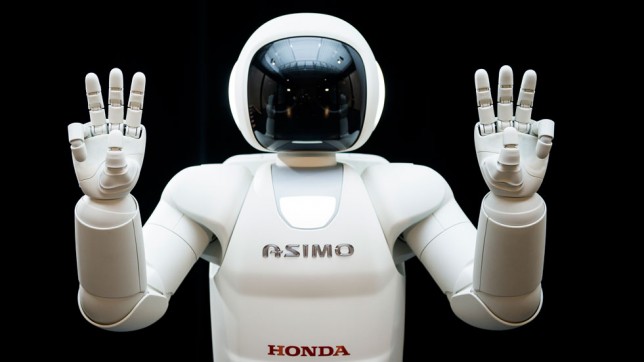by Bonnie Friend
Clearly, this is a question that Satoshi Shigemi has been asked before. Sitting opposite me, the chief engineer behind Honda’s famous humanoid robot, ASIMO, laughs even before his translator has communicated my enquiry. What is it that has surprised him the most in the 30-year development history of this endearing bionic person? ‘The behaviour of people against the machine,’ he chuckles, ‘people laugh and talk to it, applaud it on stage, but it’s a robot!’
He nods with enthusiasm as I suggest this must be the greatest compliment he could ask for. After all, ASIMO was built to mimic human behaviour so what better test of its success to date than genuinely human reactions from real people, and that’s taking into consideration the fact that it’s only a fraction of the way along its development journey. Again, he smiles and reiterates that ‘from the start we wanted to create a humanoid robot that can co-exist with people to help them and to make their lives more convenient, easy and happy.’
Singing and dancing
If the utterings of the other people nearby are anything to go by, it is certainly making people happy, if perhaps not in quite the way Shigemi had in mind: ‘Do you think it could do the Macarena?’ asks one, pondering ASIMO’s recent demonstration of its 57 motors working in tandem to create fluid movements (the previous version had about 30) by giving a rendition of what appears to have been the chicken dance following a speedy race around the room and some time spent hopping on one foot.
It is worth remembering at this point however, that what appears to be a rather entertaining gimmick in the form of a well-fed ET pottering about the room doing an alarmingly accurate vocal impression of Justin Bieber (who says engineers don’t have a sense of humour?) is in fact a remarkable piece of engineering with big plans for the future.
Technology that’s helping us today
Robots are not entirely new of course; they are developing and gaining purpose… fast. Honda’s Walk Assist mobility devices such as Stride Management Assist and Bodyweight Support Assist are designed to help maintain mobility and aid rehabilitation while pragmatic innovations including the High-Access Survey Robot are instrumental in dangerous working environments such as the Fukushima Daiichi nuclear power station – accessing areas deemed too precarious for personnel and exemplifying the Shigemi’s ultimate objective – to help people.
Nonetheless, ASIMO is at the forefront of robotic revolution. Honda’s humanoid robot has an evolutionary timeline to marvel at, informed by an ageing global population and events including the nuclear disaster at Fukushima, which have pushed engineers to consider how the wider family of robots can help in both practical daily situations as well as serving in extremely dangerous environments and disaster relief in the place of humans. This thought sheds a rather more serious light on features such as its ‘ooh’-inspiring ability to transition from walking to running at the speed of a human jog.
Looking to the future
Few robots, however, are as amiable as ASIMO. Sure, for now it’s busy covering reception at the ASIMO headquarters (communication and recognition now being down to a fine art) and navigating museums (thanks to an ability to avoid obstacles), with the odd presidential meet-and-greet thrown in for good measure (it has a fine handshake), but these activities in themselves are part of its development. ‘We would like to trial it in situations like train stations and airports to assist travellers with information, possibly in different languages to really test out different environmental conditions,’ says Shigemi.
In the meantime, technological improvements in the All-New ASIMO, such as autonomous behaviour-control technology, ability to use sign language, increased dexterity and overall control which allows ASIMO to adapt the force it uses for activities such as holding a paper cup without crushing it – mean it can perform jobs on-site and should eventually make it functional in the home.
Ultimately, the All-New ASIMO differentiates itself from previous models as it increasingly demonstrates skills that point towards a future for which it was created. Yes, today it is a lot of fun to watch it traverse the stairs and wish a colleague a happy birthday, but from that glittering smile on Shigemi’s face, this little robot has a bright future, and alongside it, so do we.



